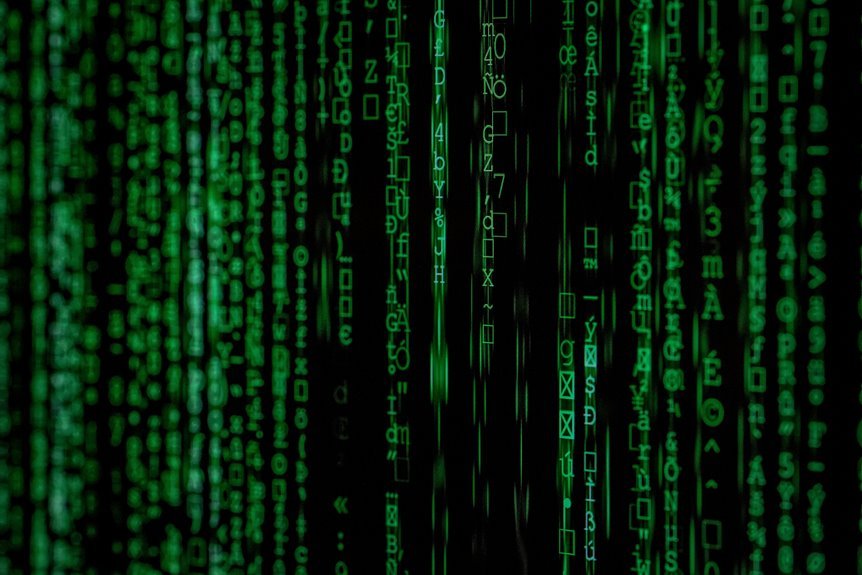Reverse Lookup Database 3277953467 3291985426 3792508341 3275656236 3888036541 3807976889

The reverse lookup database offers insights into specific phone numbers, including 3277953467, 3291985426, 3792508341, 3275656236, 3888036541, and 3807976889. By examining these numbers, individuals can uncover the identities of unknown callers and establish connections. However, the accuracy of this information heavily depends on the credibility of the databases used. Understanding the nuances of privacy and limitations in reverse lookups may prove crucial in this process. What implications might these considerations have for users?
Understanding Reverse Lookup Services
Although reverse lookup services may seem straightforward, they encompass a complex array of technologies and databases designed to identify the owner of a phone number, email address, or physical address.
The reverse lookup benefits include enhancing personal security and facilitating communication.
However, common misconceptions persist, such as believing these services guarantee accuracy or privacy, which can lead to misuse and misunderstandings about their capabilities and limitations.
How to Use a Reverse Lookup Database
Utilizing a reverse lookup database requires a systematic approach to ensure accurate results.
Effective search techniques, such as narrowing queries by location or type, enhance data accuracy. Users should verify the credibility of the database and cross-reference information when possible.
Analyzing Specific Phone Numbers
When analyzing specific phone numbers, it is essential to approach the process methodically to uncover relevant information efficiently.
Identifying number patterns can reveal connections between calls, while effective caller identification enhances understanding of incoming communications.
The Importance of Privacy in Reverse Lookups
As individuals increasingly rely on reverse lookup databases to identify unknown callers, the significance of privacy becomes paramount.
Protecting personal information ensures data security, preventing misuse and potential harassment. User consent is essential in maintaining trust, allowing individuals to control who accesses their data.
Balancing the need for identification with the right to privacy fosters a safer and more respectful communication environment.
Conclusion
In summary, the exploration of reverse lookup databases for the specified phone numbers serves as a key to unlocking the identities behind unknown calls. By meticulously navigating these digital avenues, users can illuminate potential connections and enhance their communication landscape. However, like a double-edged sword, the pursuit of information must be tempered with respect for privacy. Thus, while reverse lookups can provide clarity, they also require a careful balance between curiosity and ethical considerations.




